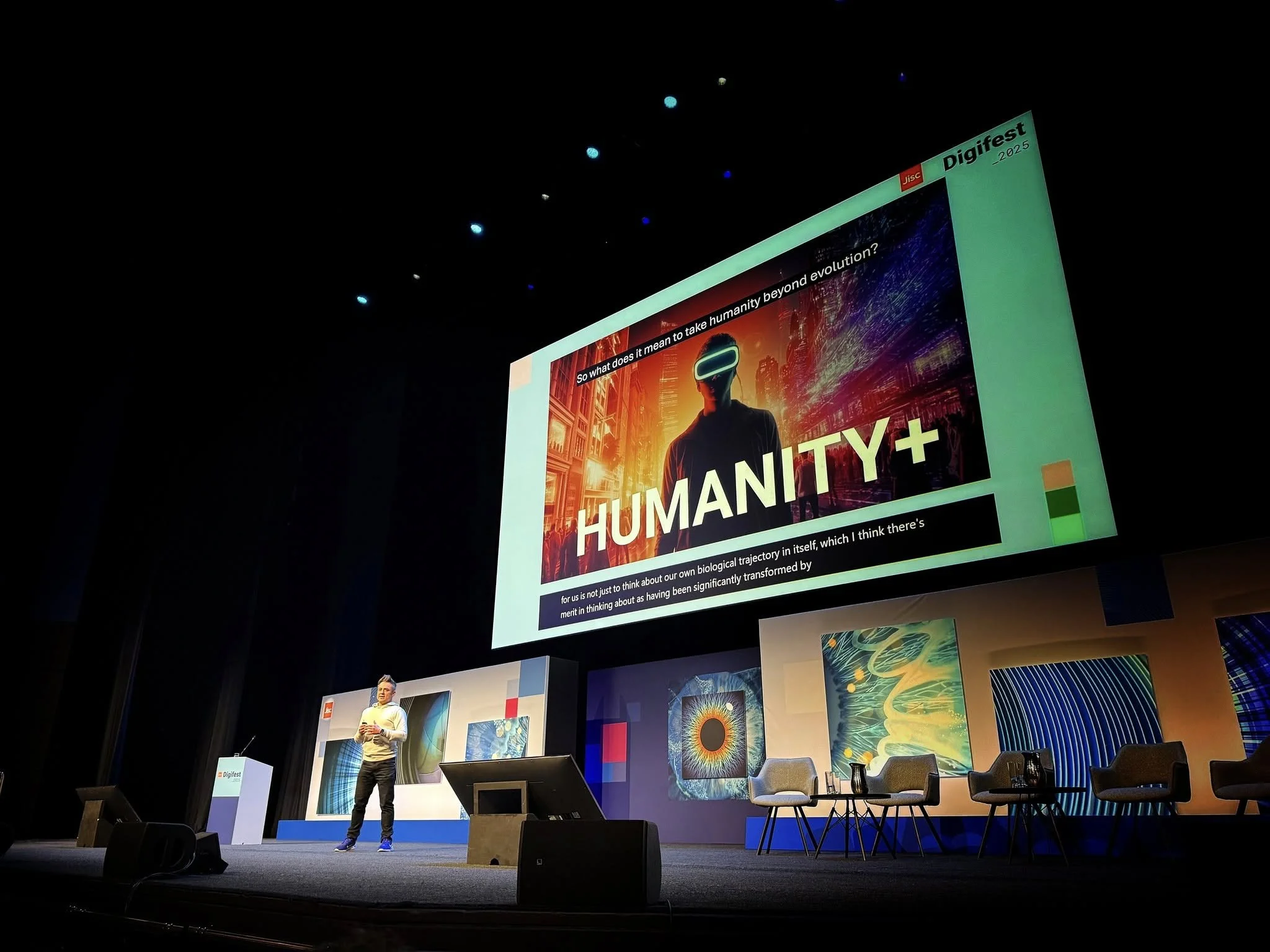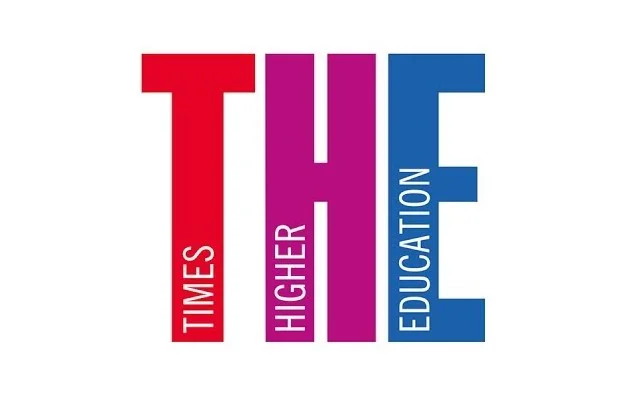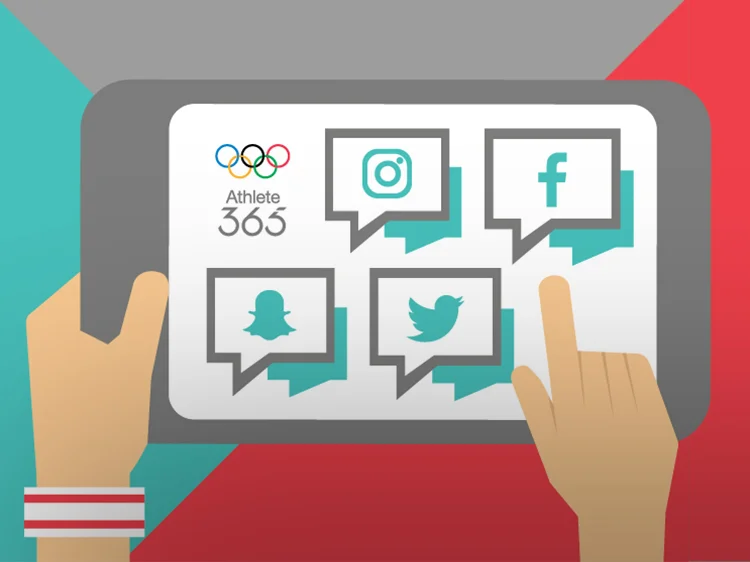
Make it stand out
What’s been happening?

Are you TikTok Ready?

Athlete 365

Sport 2.0 #sportfuture

IAAF World Junior Championships

What's trending at #ECSS2014?
![Social Media in Teaching & Learning [VIDEO]](https://images.squarespace-cdn.com/content/v1/563face7e4b06c325c739ba9/1447019585000-IYU5B6A6EA23HJ5WOO8Z/image-asset.png)
Social Media in Teaching & Learning [VIDEO]
Social Media & Academic Life [VIDEO]
![Everything Everywhere: An Academic's Life on Social Media [VIDEO]](https://images.squarespace-cdn.com/content/v1/563face7e4b06c325c739ba9/1447019580286-DITKBKRWZ7J8ZG15HCL0/image-asset.png)
Everything Everywhere: An Academic's Life on Social Media [VIDEO]

Social Media & Cities: Strategy

London 2012 Cultural Olympiad Social Media Evaluation (2013)

Can Twitter open up a new space for learning, teaching and thinking?

Social Learning 2.0: A New Teaching Ethos for Universities

The A to Z of Social Media for Academia

